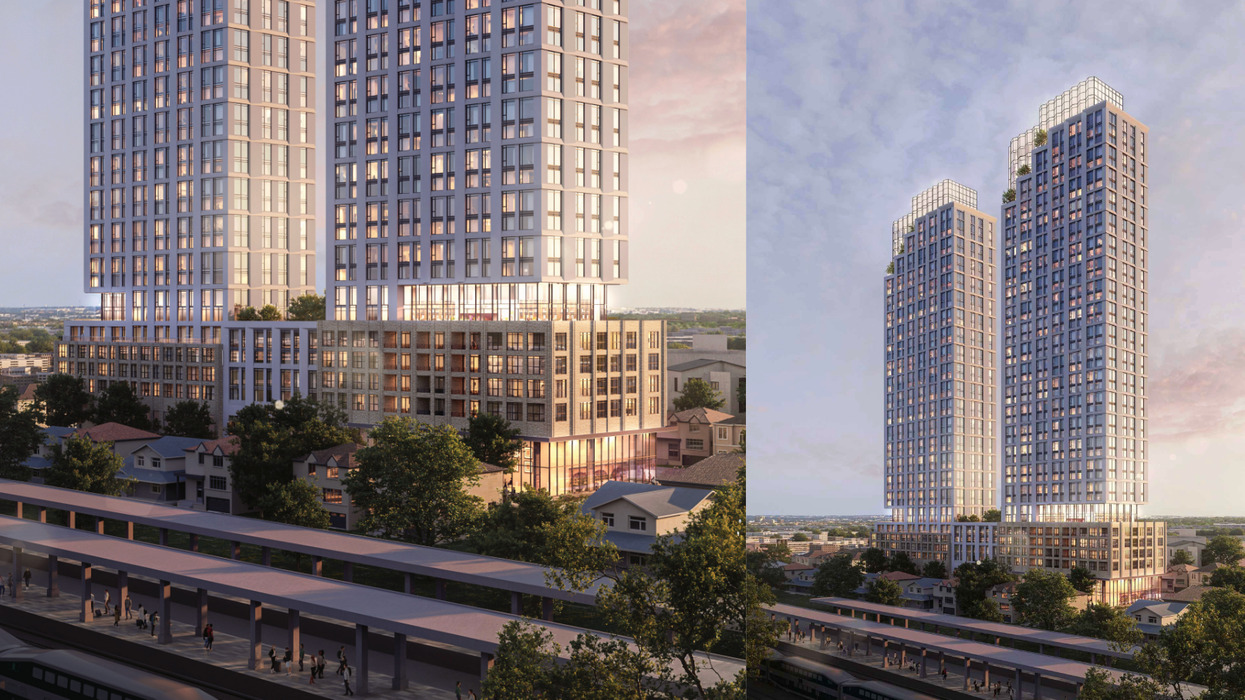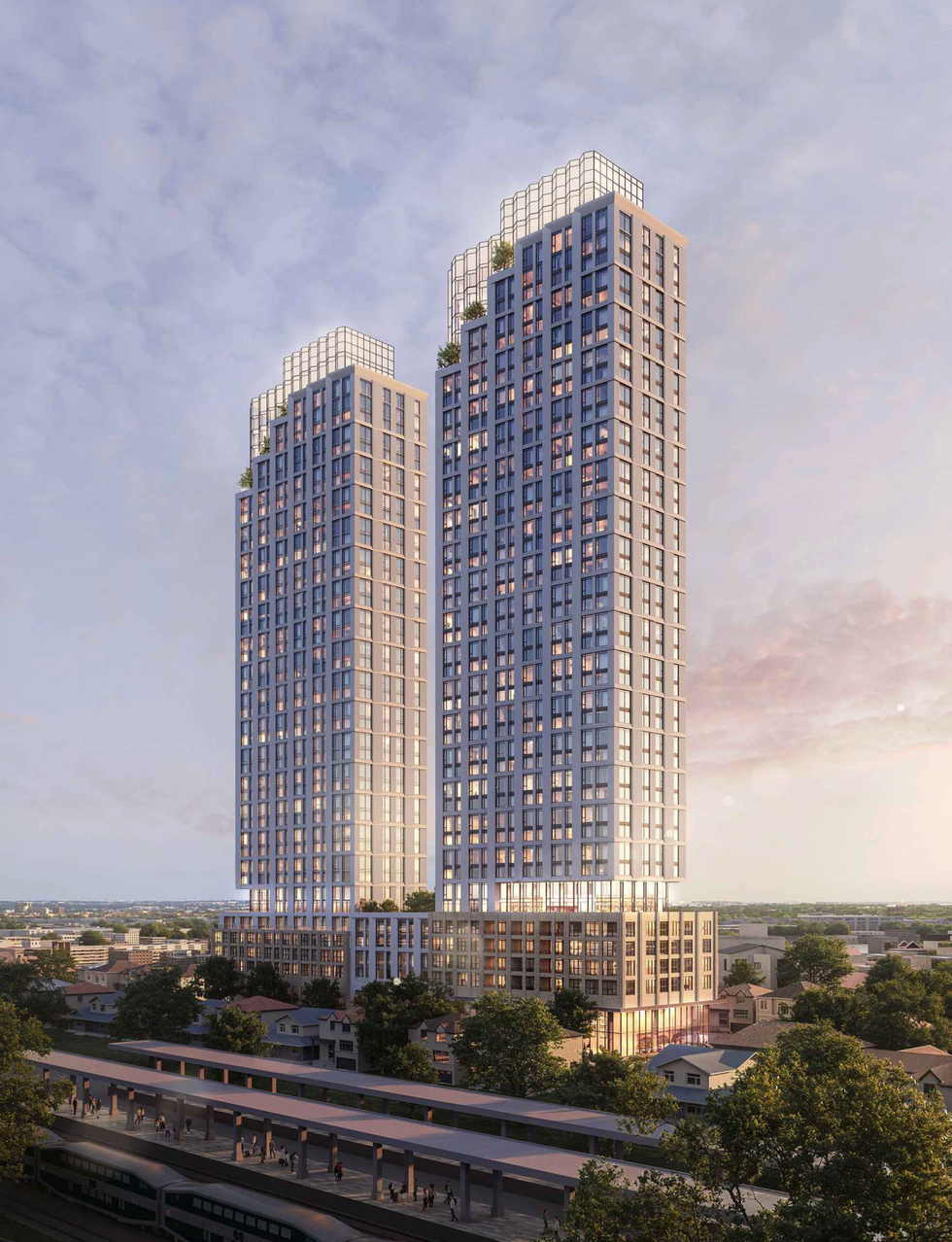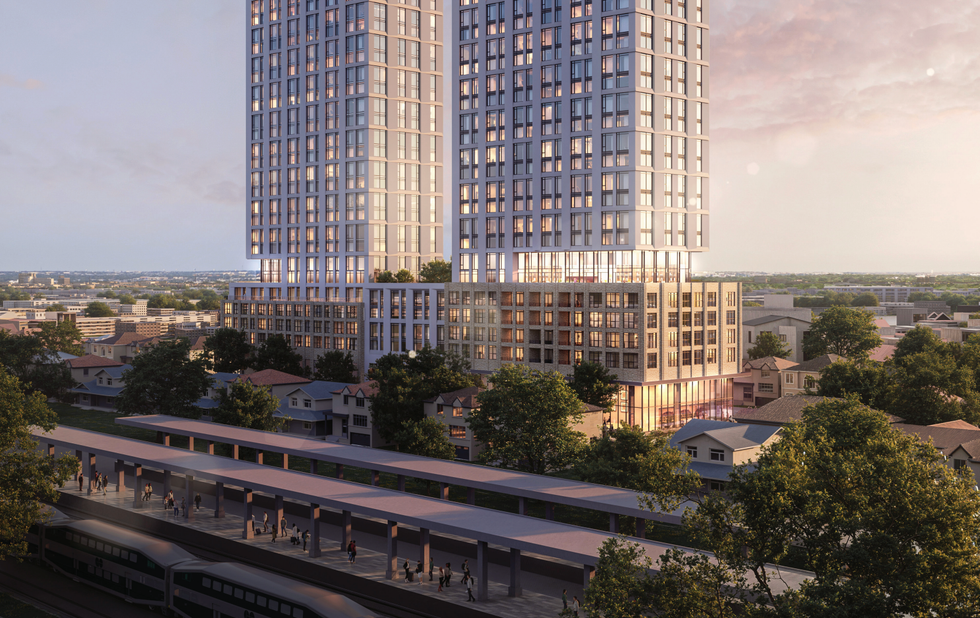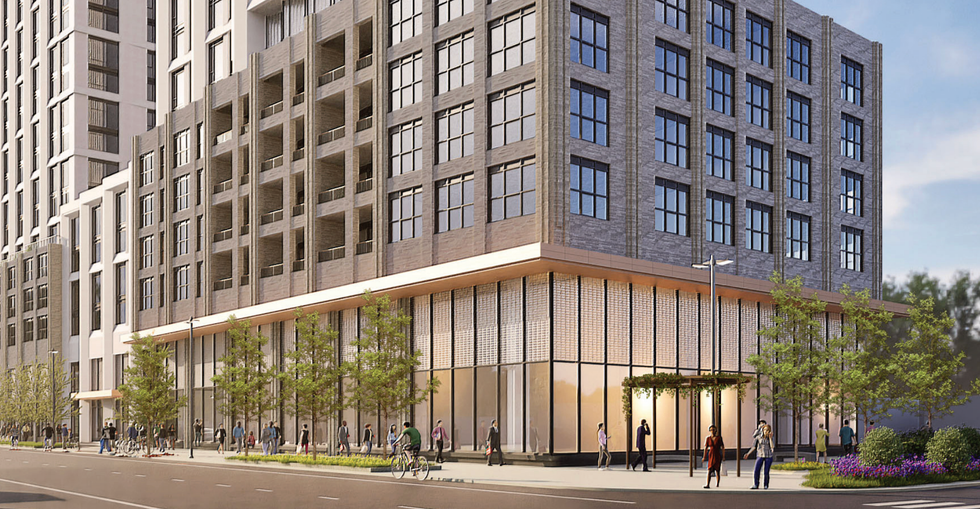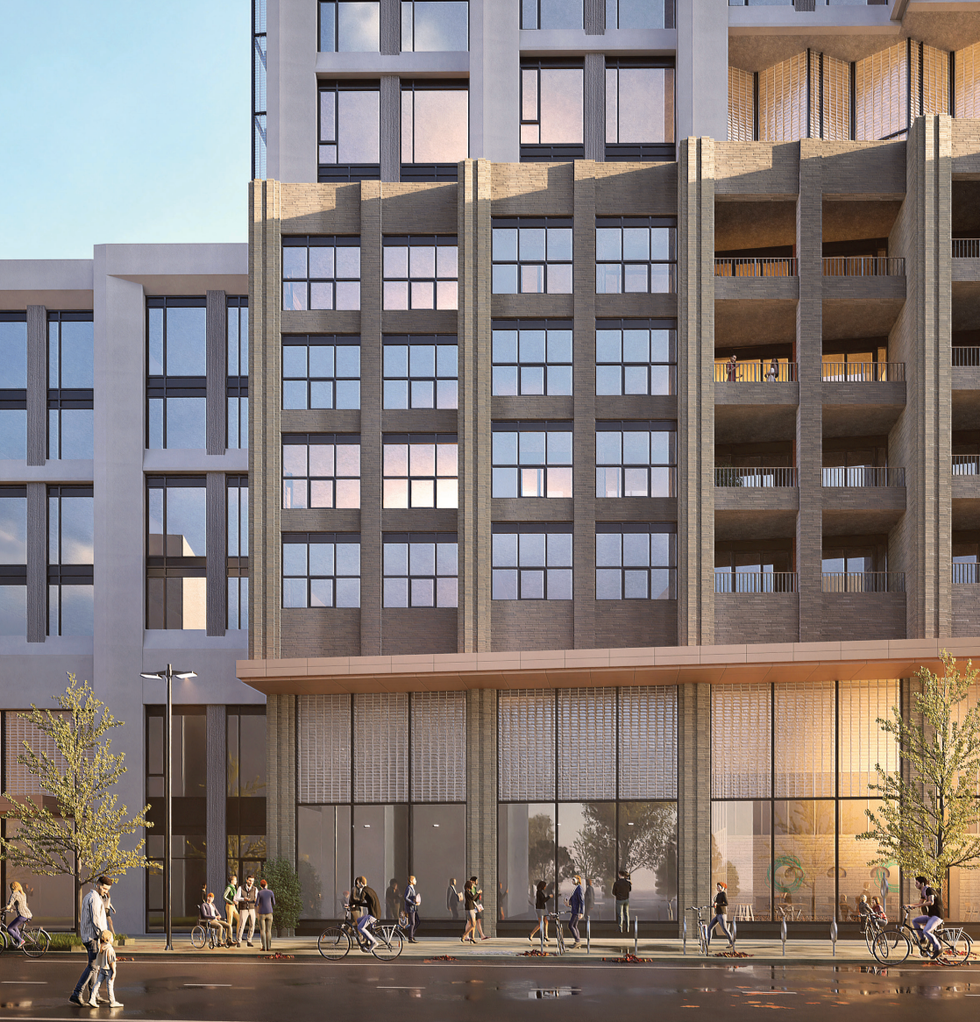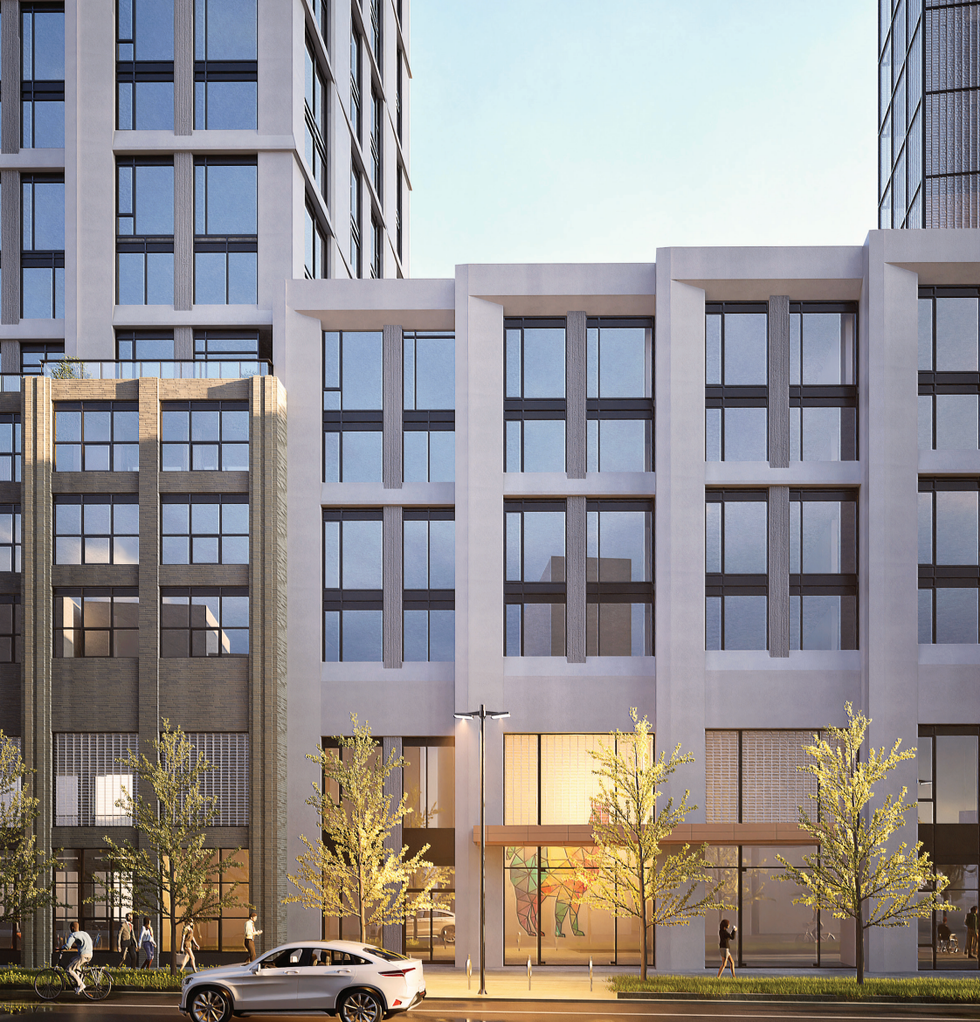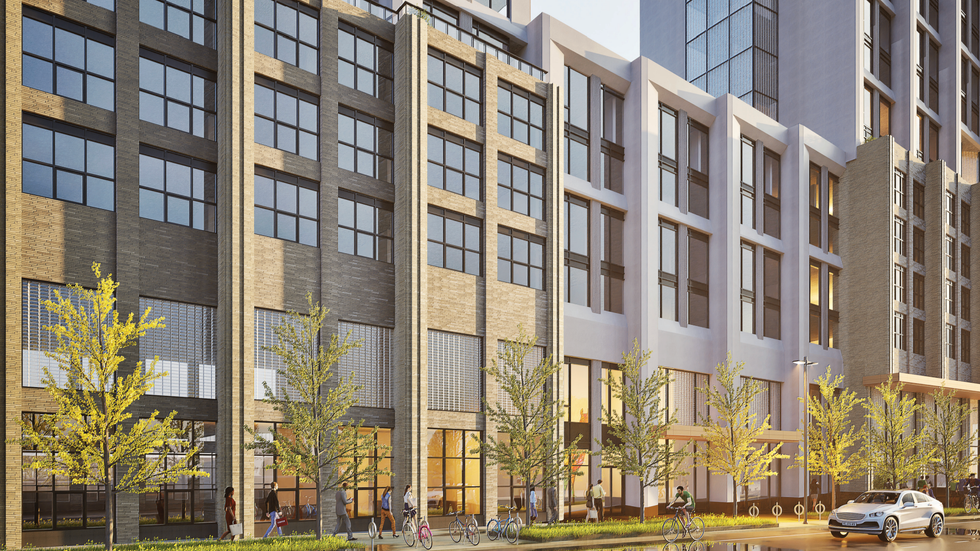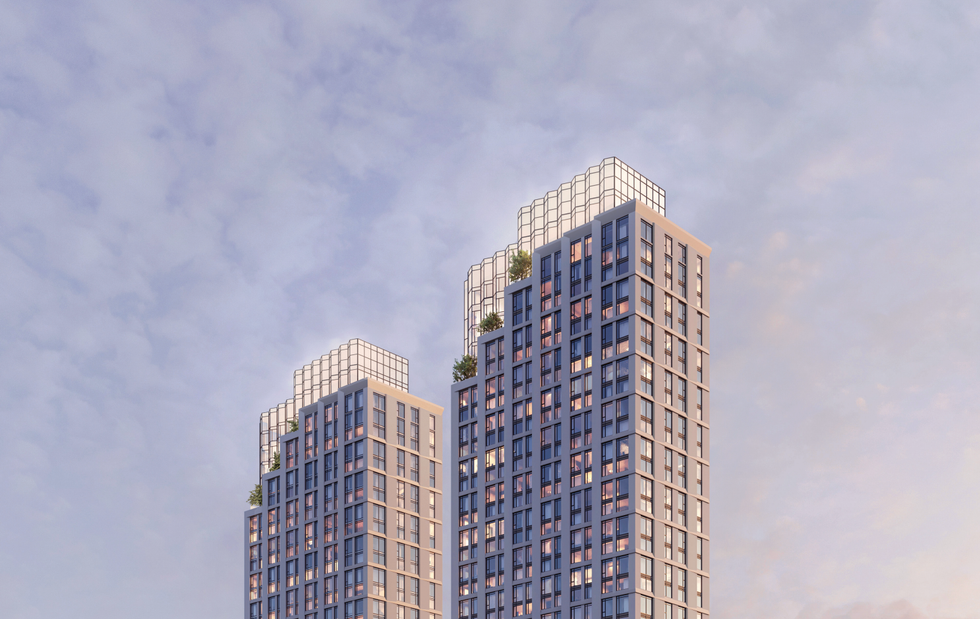Blended Mortgage
Understand blended mortgages in Canadian real estate — what they are, when they’re used, and their advantages for borrowers.

July 27, 2025
What is a Blended Mortgage?
A blended mortgage combines two different mortgage loans or interest rates into one, resulting in a new single loan with a blended interest rate.
Why Blended Mortgages Matter in Real Estate
In Canadian mortgage financing, blended mortgages help borrowers modify financing without full refinancing, often during porting or top-up situations.
Key features:
- Mixes existing loan with new funds
- Creates an average (blended) interest rate
- May avoid penalties for breaking existing mortgage
Understanding blended mortgages helps homeowners manage changing financing needs.
Example of a Blended Mortgage in Action
The homeowner used a blended mortgage to combine their existing loan with additional funds for a home addition.
Key Takeaways
- Combines old and new mortgage loans
- Creates a blended interest rate
- Useful for adding funds or porting
- May reduce penalty costs
- Supports flexible financing
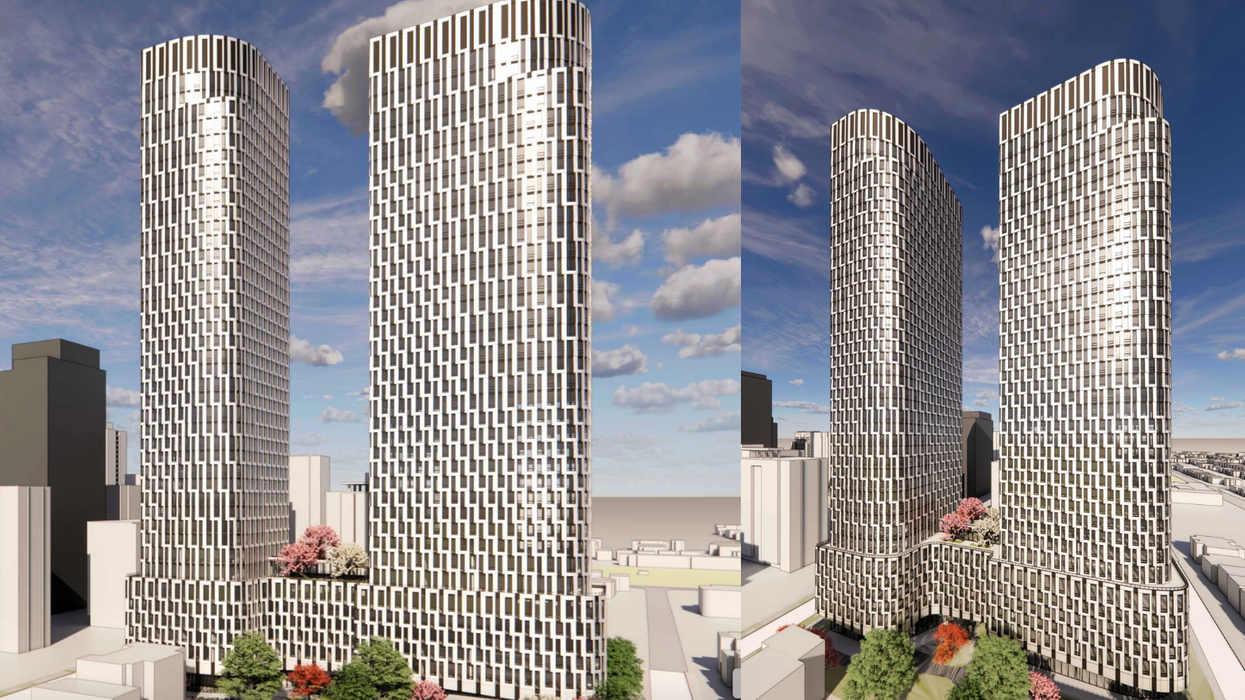
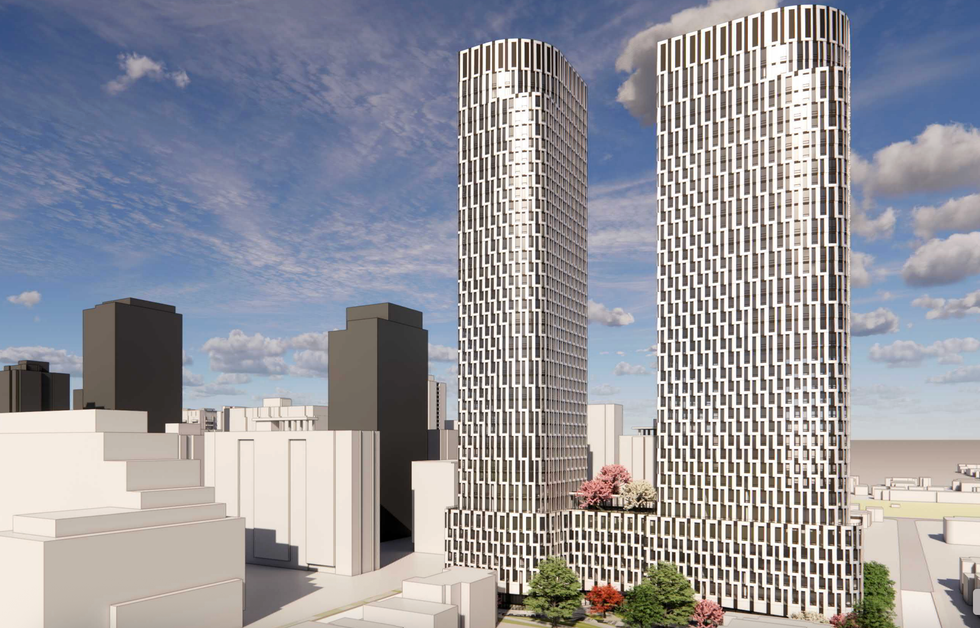

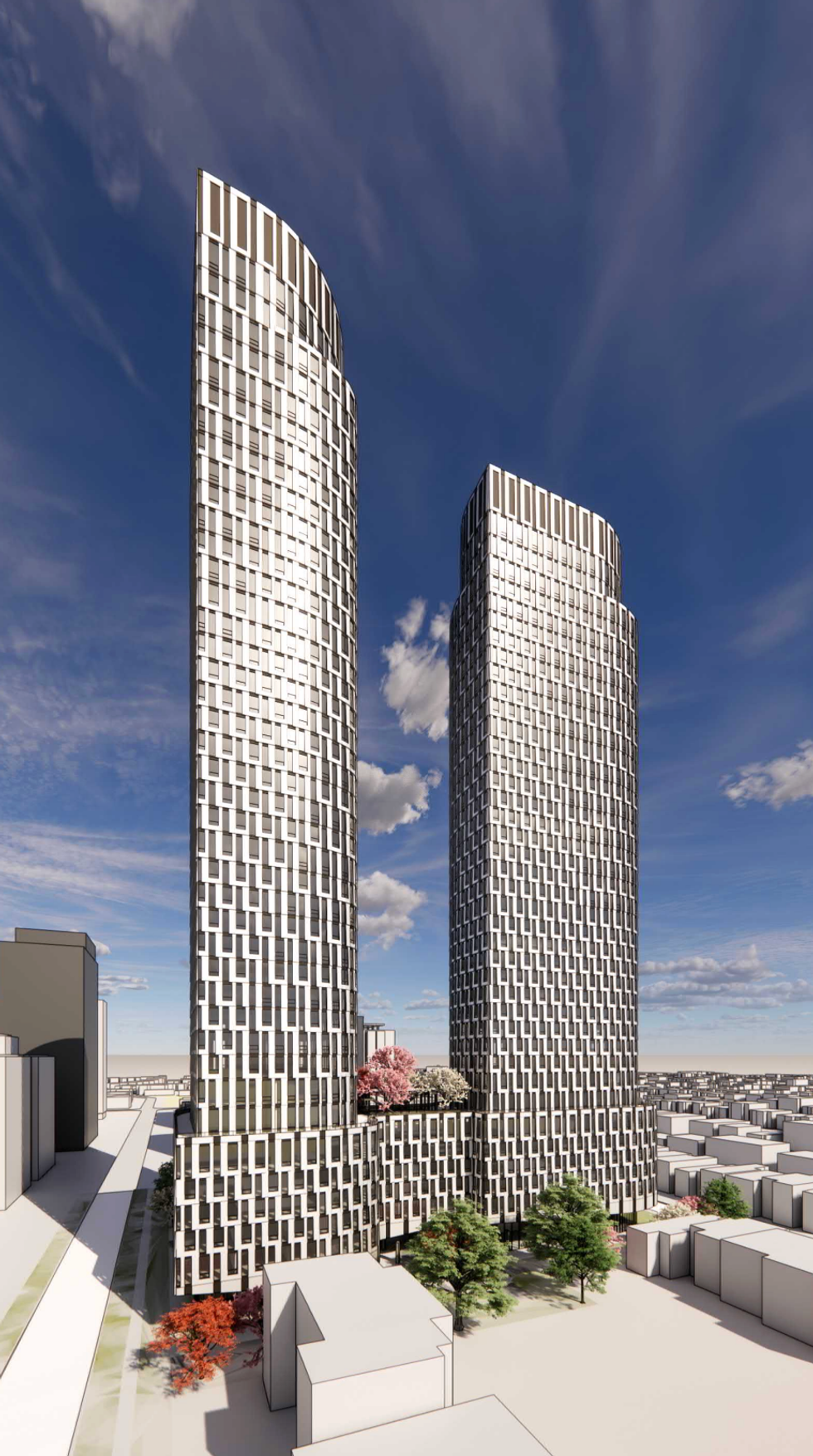
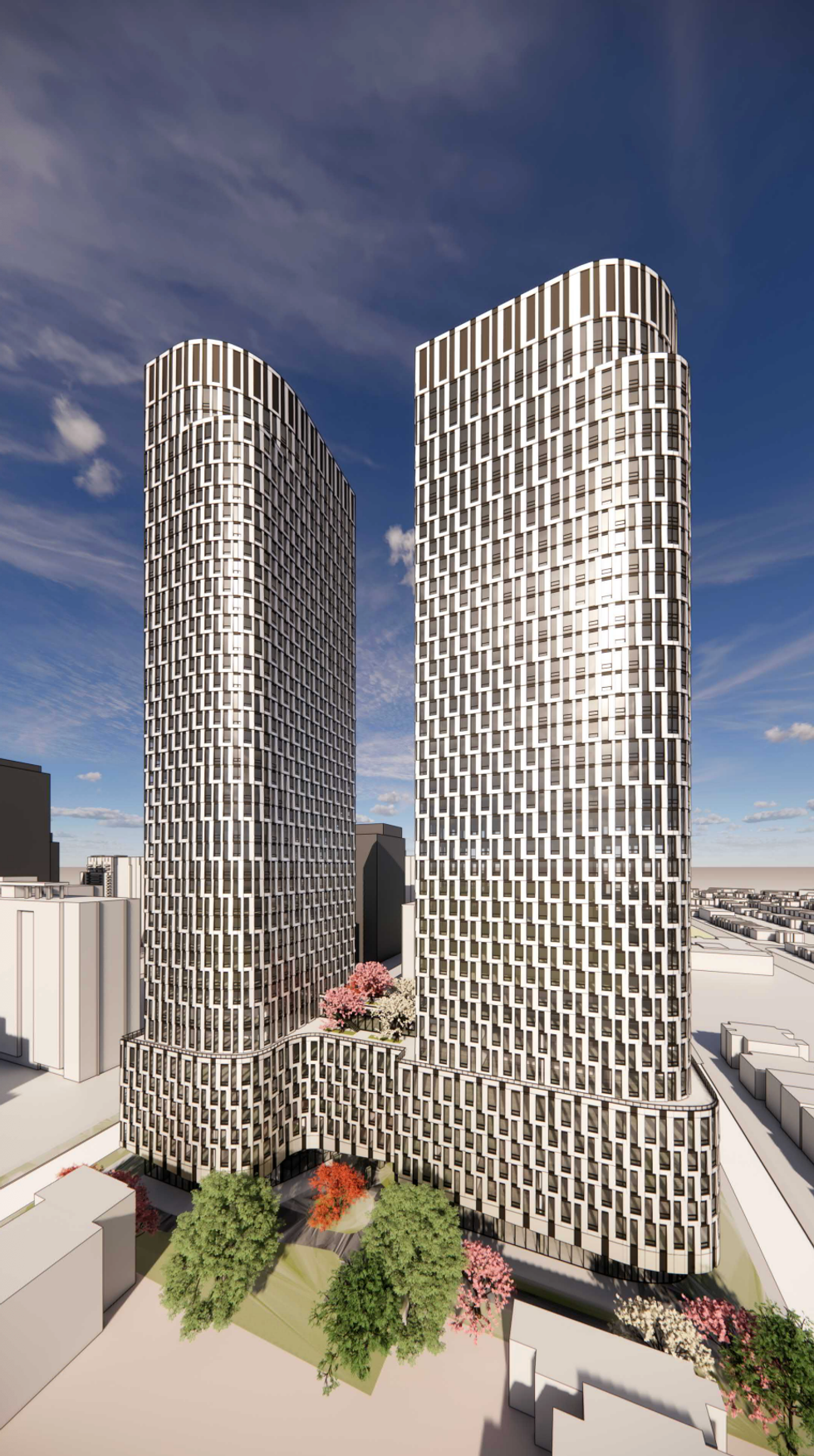
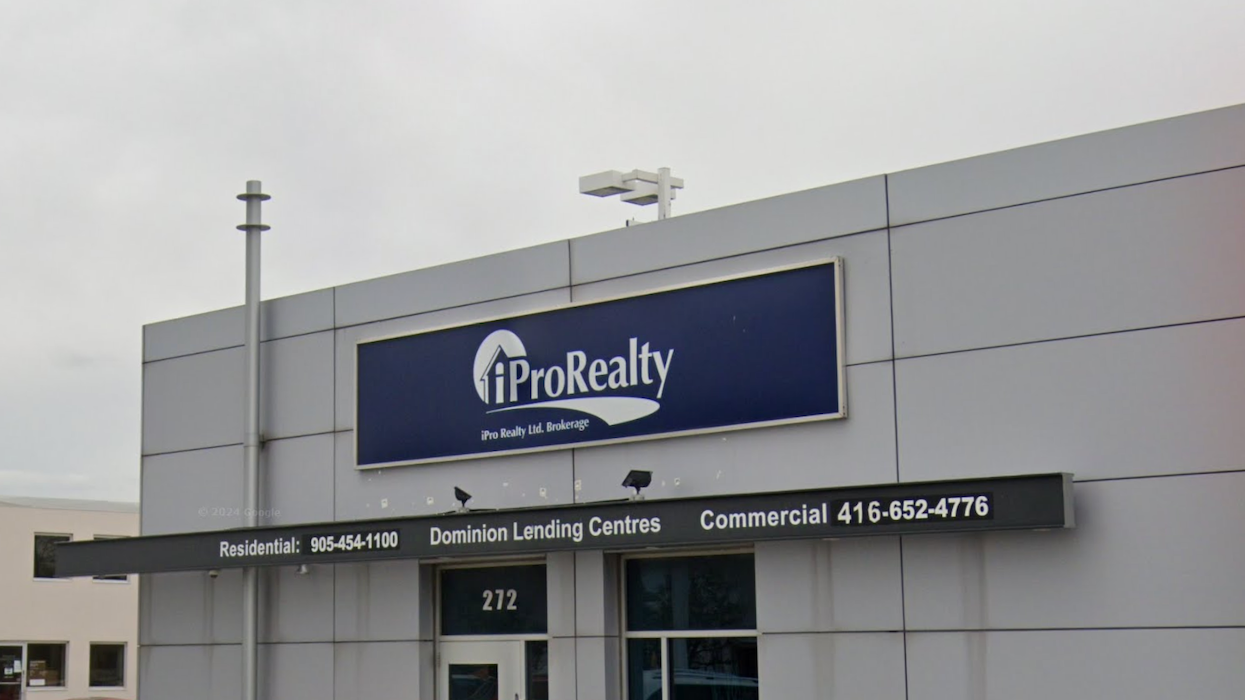


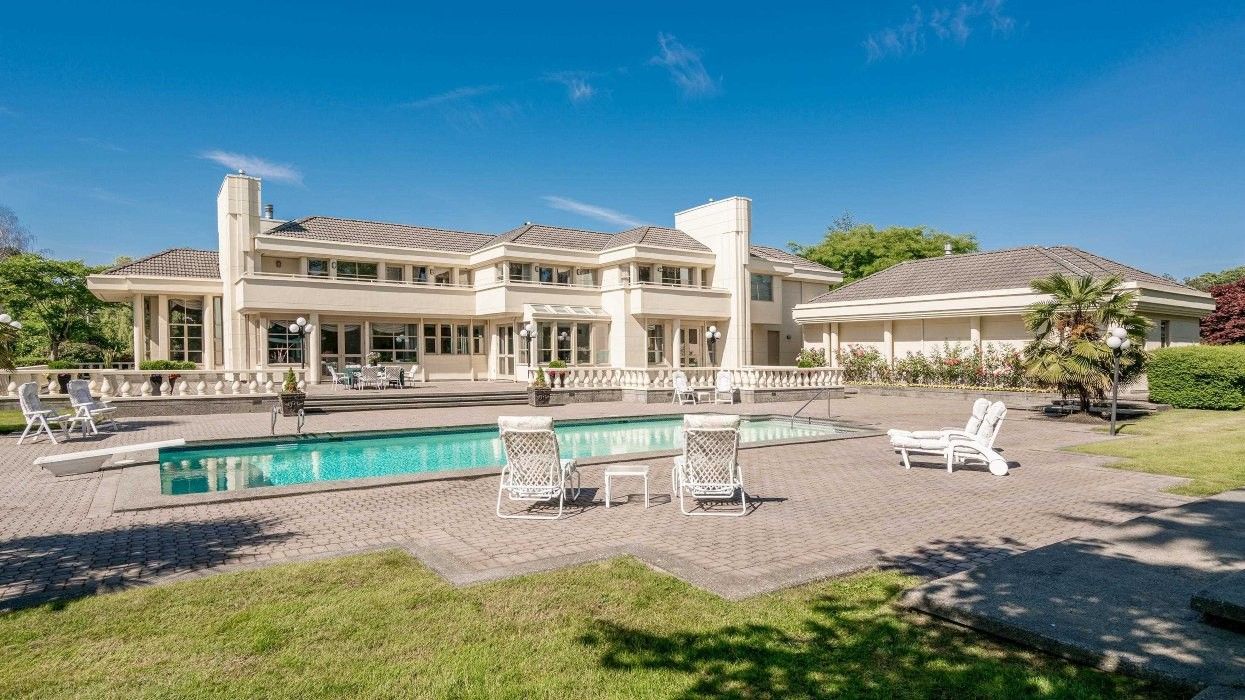
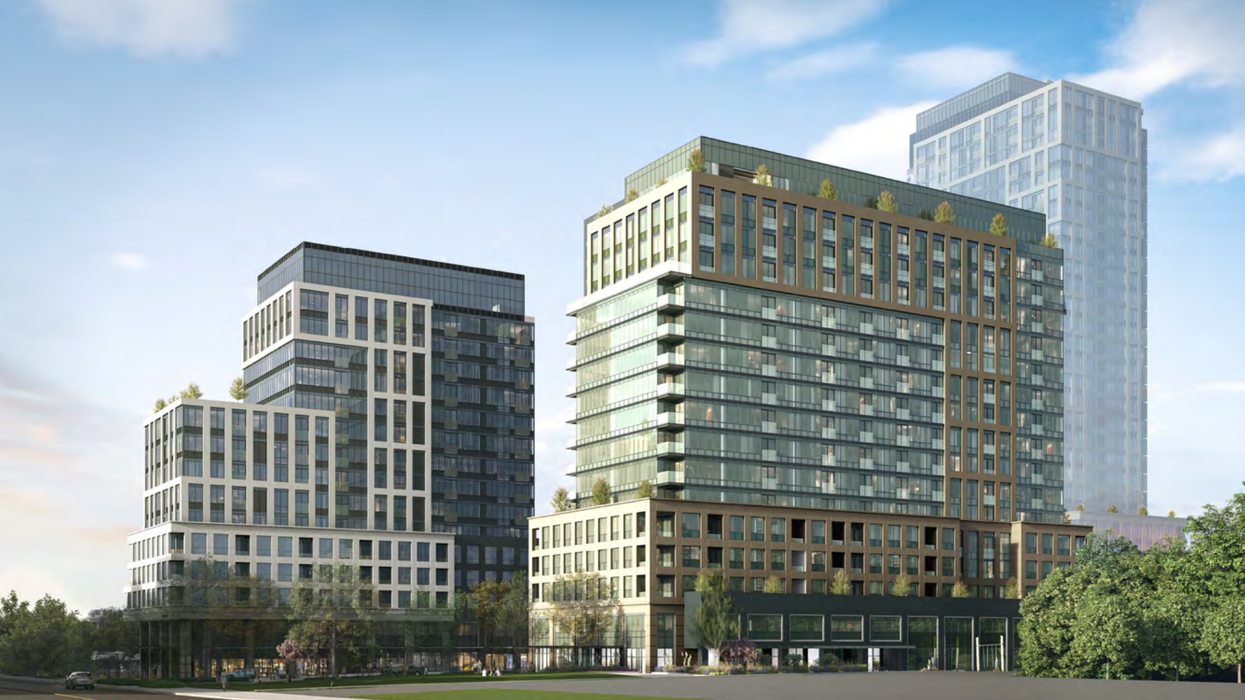
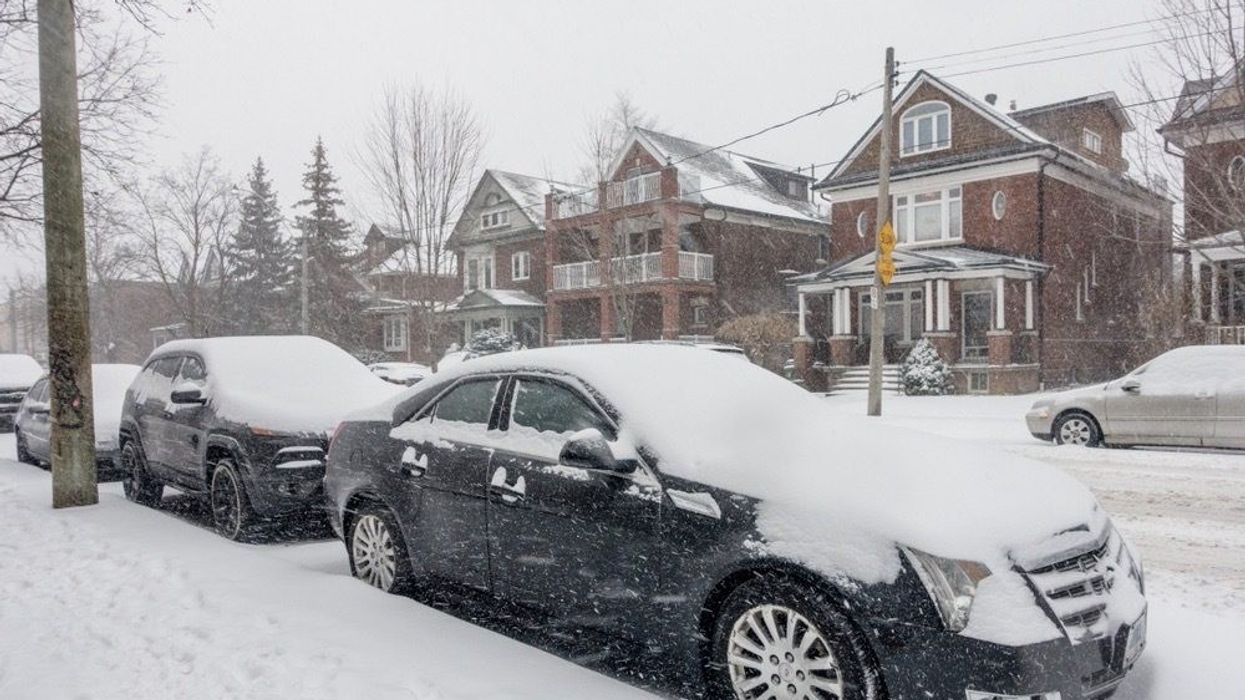
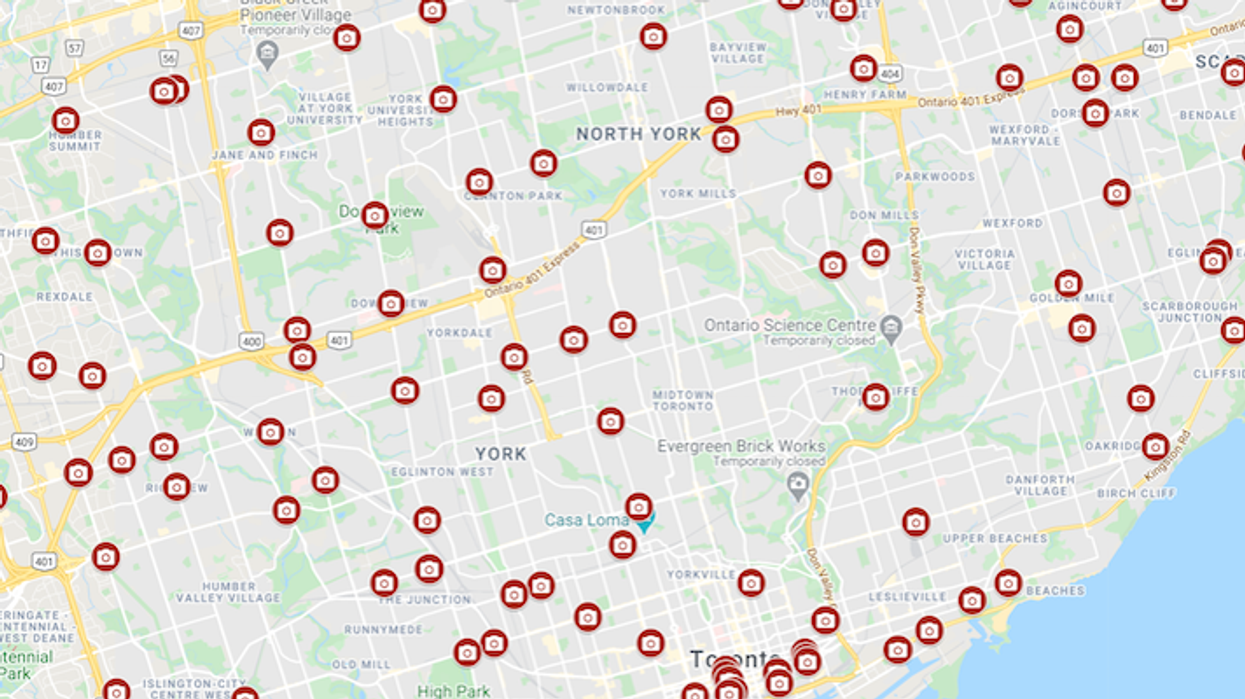

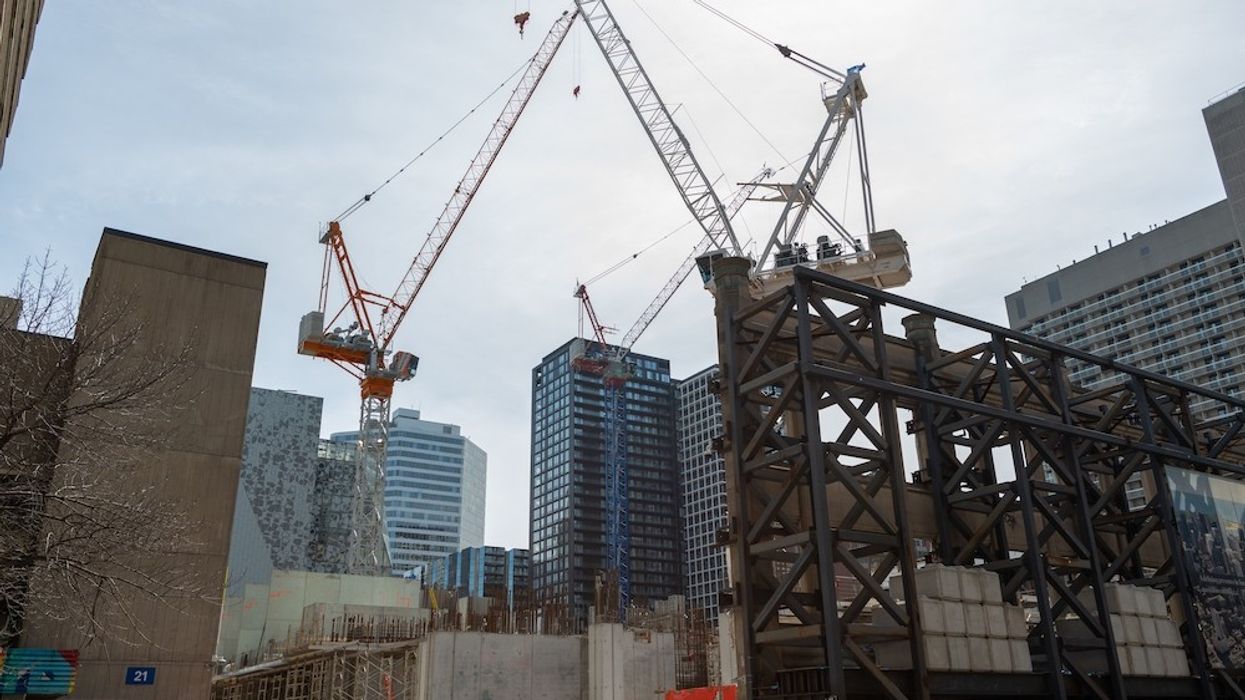
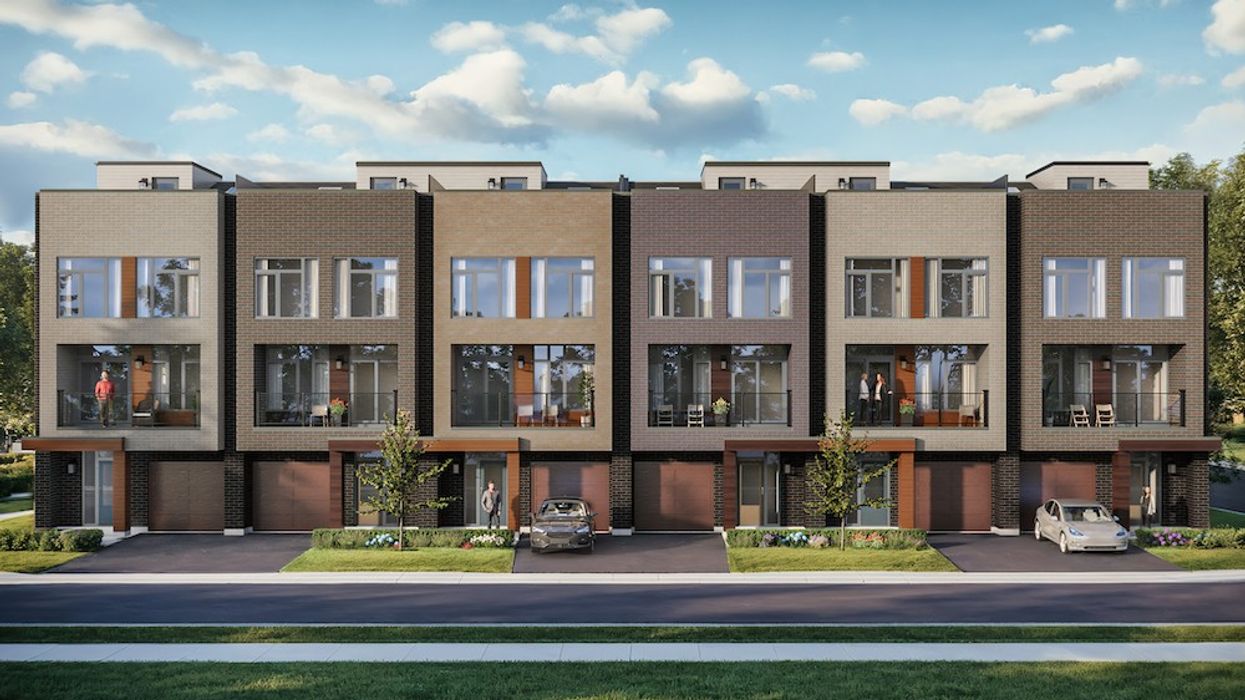
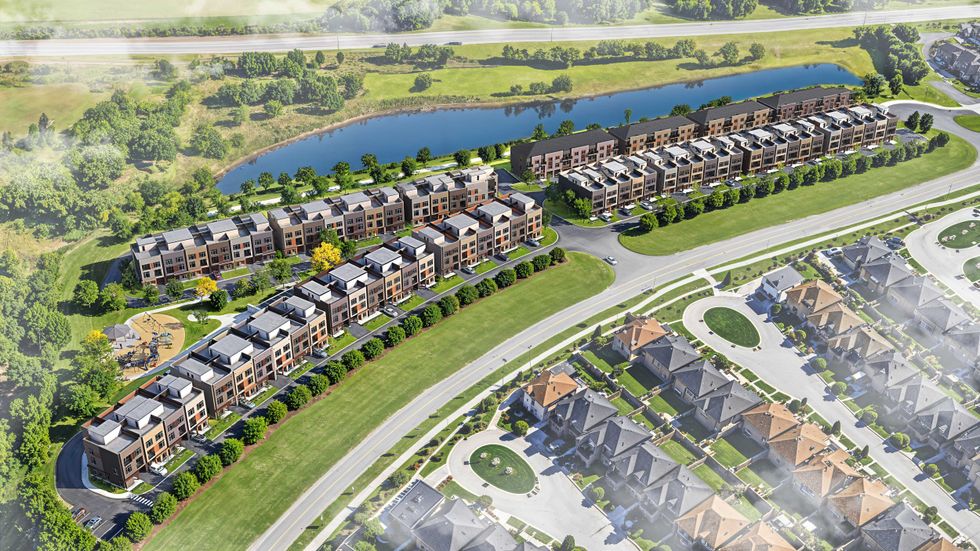 Camcos Living
Camcos Living Shutterstock
Shutterstock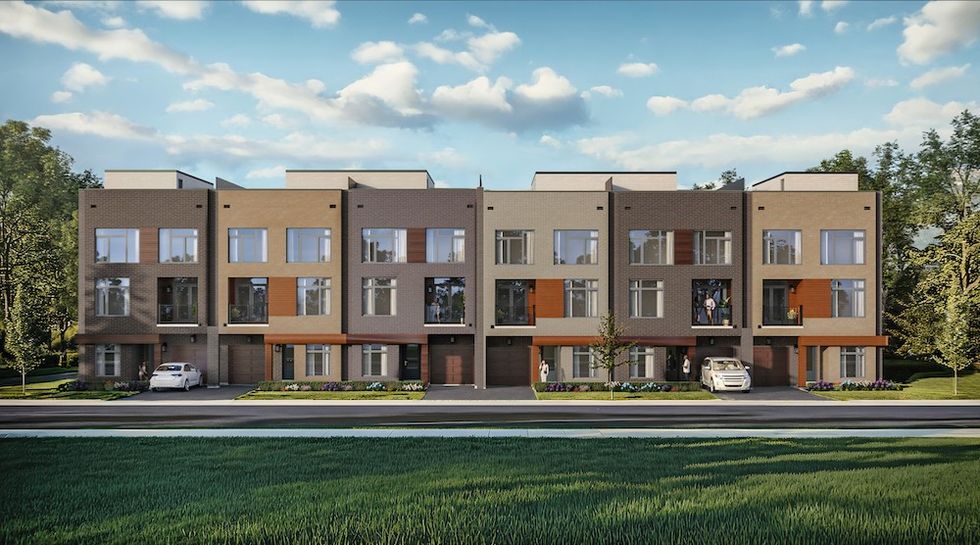 Little Rouge Block G/Camcos
Little Rouge Block G/Camcos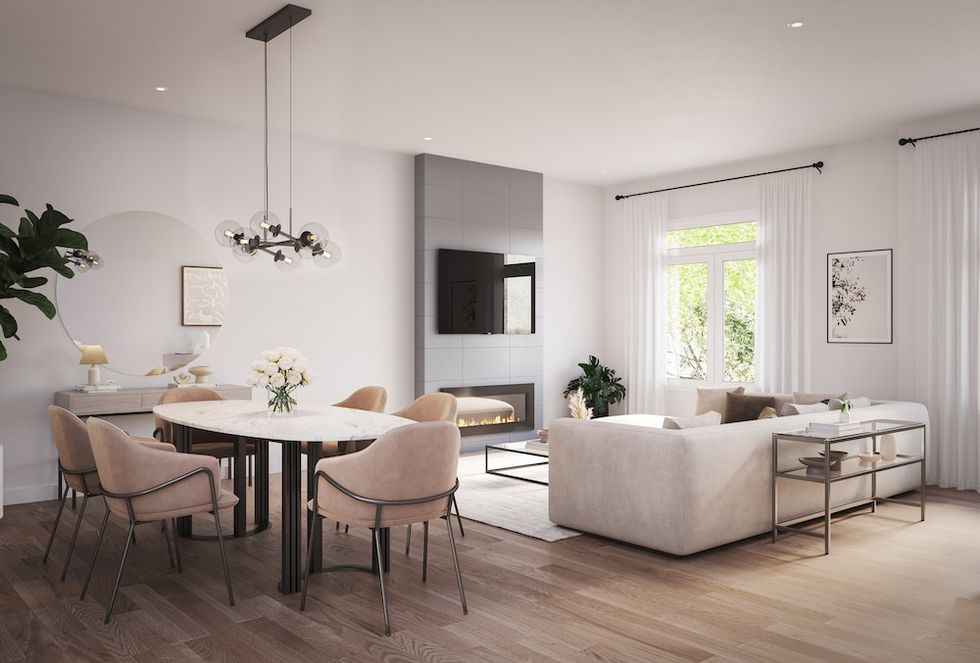 Camcos Living
Camcos Living Camcos Living
Camcos Living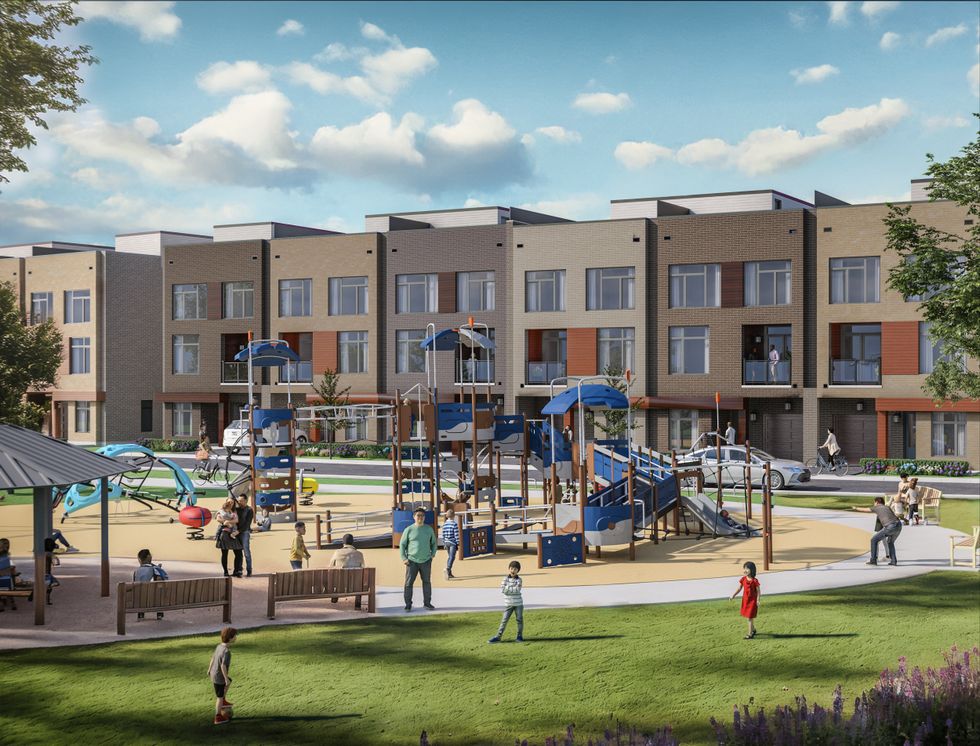 Camcos
Camcos
